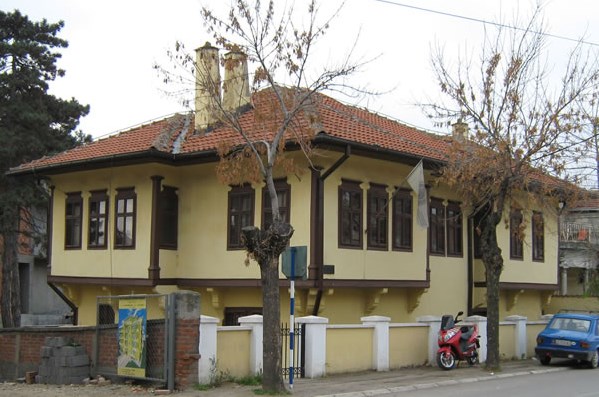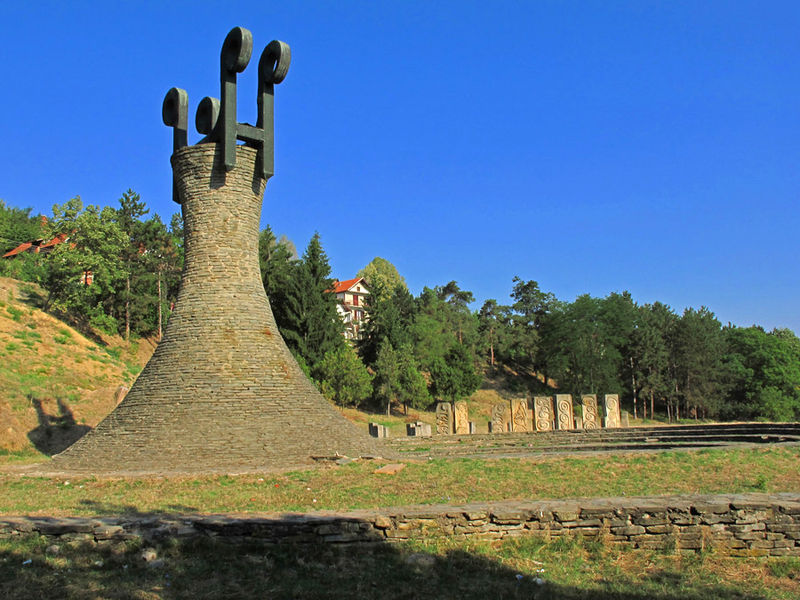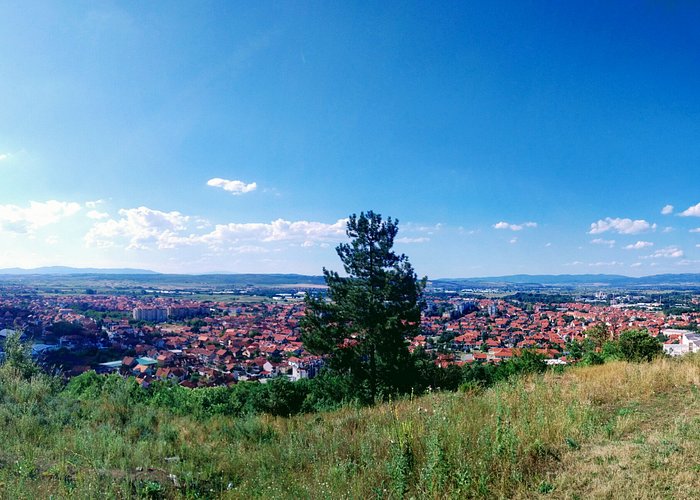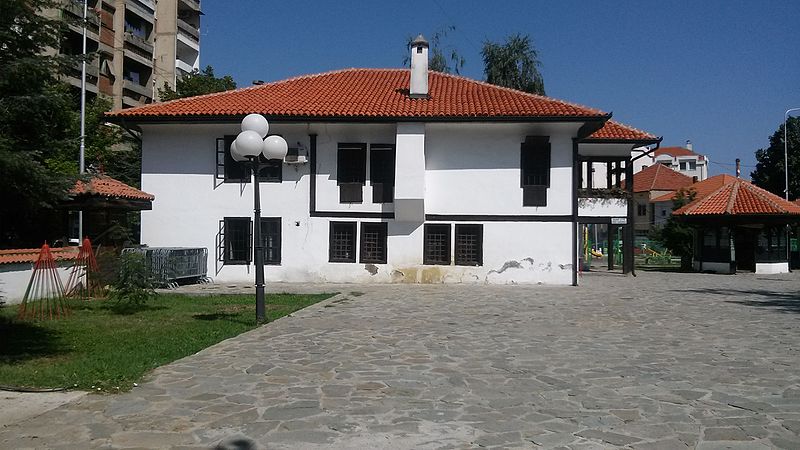Leskovac is a beautiful city in southern Serbia known for its rich history, culture, and delicious cuisine. If you’re planning a trip to Leskovac, here are some of the best places to visit and things to do:
1. Leskovac National Museum

Image Source: https://museu.ms/museum/details/234/national-museum-of-leskovac
This museum is a great place to start your trip. It offers a fascinating insight into the history of Leskovac and the surrounding region. You can see archaeological finds, ethnographic exhibits, and learn about the city’s role in Serbian history.
2. Hisar Fortress
Image Source: https://en.wikipedia.org/wiki/Hisar_(Tajikistan)
The Hisar Fortress is a well-preserved medieval fortress that sits on a hill overlooking the city. It was built in the 12th century and was used to protect the city from invaders. Visitors can explore the fortress walls, towers, and gates, and enjoy breathtaking views of the city.
3. The Gradski Park

Image Source: https://www.tripadvisor.in/Attraction_Review-g304104-d4954188-Reviews-Gradski_park-Vrsac_Vojvodina.html
The Gradski Park is a beautiful green oasis located in the heart of Leskovac. It is a popular spot for locals and visitors alike, offering plenty of shade, benches, and walking paths. Visitors can enjoy a picnic, take a stroll, or simply sit and relax in this peaceful park.
4. Leskovac Memorial Park

Image Source: https://www.tracesofwar.com/sights/89231/Leskovac-Memorial-Park.htm
This park is dedicated to the victims of the World War II and the tragic events that took place in the city during that time. It features a memorial wall with the names of those who lost their lives and a statue of a mother mourning her fallen son.
5. Prohor Pčinjski Monastery
Image Source: https://en.wikipedia.org/wiki/Prohor_P%C4%8Dinjski_Monastery
Located about 30 km from Leskovac, the Prohor Pčinjski Monastery is one of the most important monasteries in Serbia. The monastery dates back to the 11th century and features beautiful frescoes and icons, as well as a serene and peaceful atmosphere.
6. Church of St. John the Baptist
Image Source: https://en.wikipedia.org/wiki/Monastery_of_Saint_John_the_Baptist_in_Ja%C5%A1unja
This historic church is one of the oldest in Leskovac and is home to beautiful frescoes.
7. City Park

Image Source: https://wikimapia.org/10409816/City-Park
This beautiful park is located in the center of Leskovac and is a great place to relax and enjoy the outdoors.
8. Justiniana Prima
Image Source: https://en.wikipedia.org/wiki/Justiniana_Prima
Justiniana Prima did not last long as a capital city. It was sacked by the Avars in the late 6th century and suffered further damage during the Slavic migrations of the 7th century. By the 9th century, the city was in decline and had been abandoned. Today, the ruins of Justiniana Prima can still be seen near the town of Lebane in southern Serbia.
9. Leskovac Grill Festival
Source Image: https://en.wikipedia.org/wiki/Ro%C5%A1tiljijada
The Leskovac Grill Festival is an annual event held in Leskovac, Serbia, dedicated to celebrating the tradition of grilling and barbecue in the region. Leskovac, located in the south of Serbia, is known for its delicious grilled meats, particularly its famous Leskovac grilled meat or Leskovački roštilj.
10. Odžaklija
Image Source: https://en.wikipedia.org/wiki/Od%C5%BEaklija
Odžaklija is a traditional type of house found in the Balkans, particularly in Bosnia and Herzegovina, Serbia, and Montenegro. The name “odžaklija” comes from the Turkish word “odzak,” which means chimney, and refers to the prominent chimney that is a distinctive feature of the house.
11. Šop-Đokić House
Image Source: https://en.wikipedia.org/wiki/%C5%A0op-%C4%90oki%C4%87
The Šop-Đokić House is a traditional house located in the city of Novi Sad, in the northern part of Serbia. The house was built in the 19th century and is now a museum that showcases the lifestyle and traditions of the wealthy Serbian families of that time.
12. Kafana
Image Source: https://en.wikipedia.org/wiki/Kafana
Kafanas are typically cozy, casual places with a warm and inviting atmosphere. They are often decorated with traditional elements such as wooden furniture, colorful textiles, and local artwork. Many kafanas also feature live music, particularly folk music, which adds to the lively and festive atmosphere.
Leskovac is a city that offers a rich and diverse cultural experience, from exploring historical landmarks and museums to enjoying local cuisine and attending music festivals. With so many things to see and do, it’s no surprise that Leskovac is a popular destination for travelers looking to experience the best of Serbia.
Places and Things To Do















